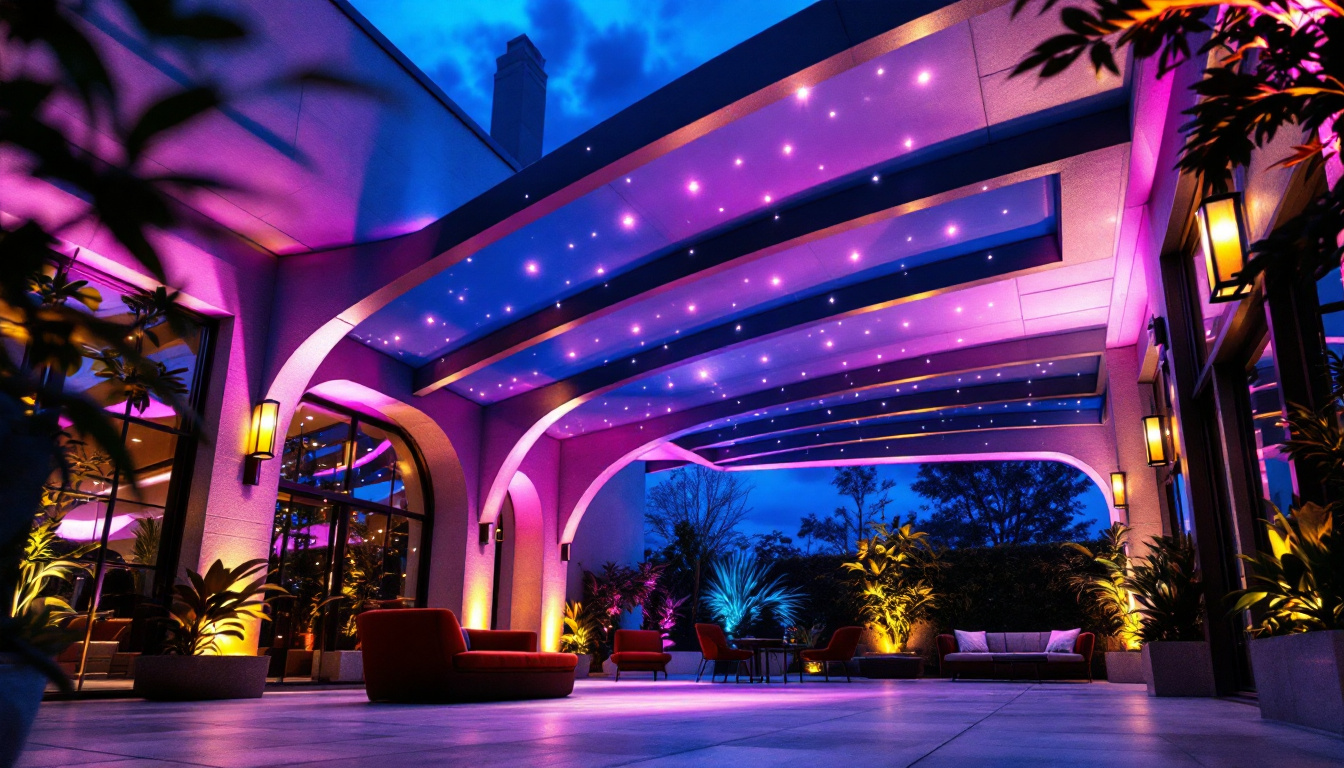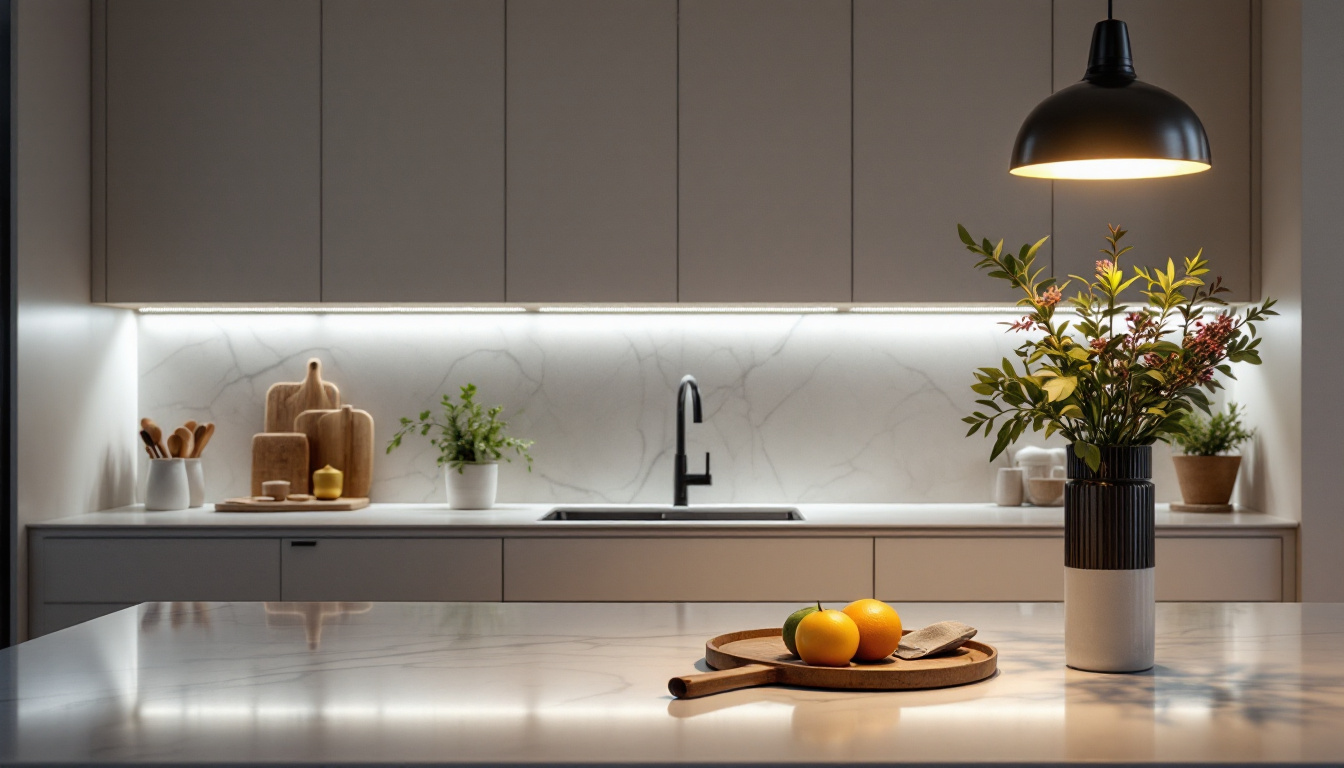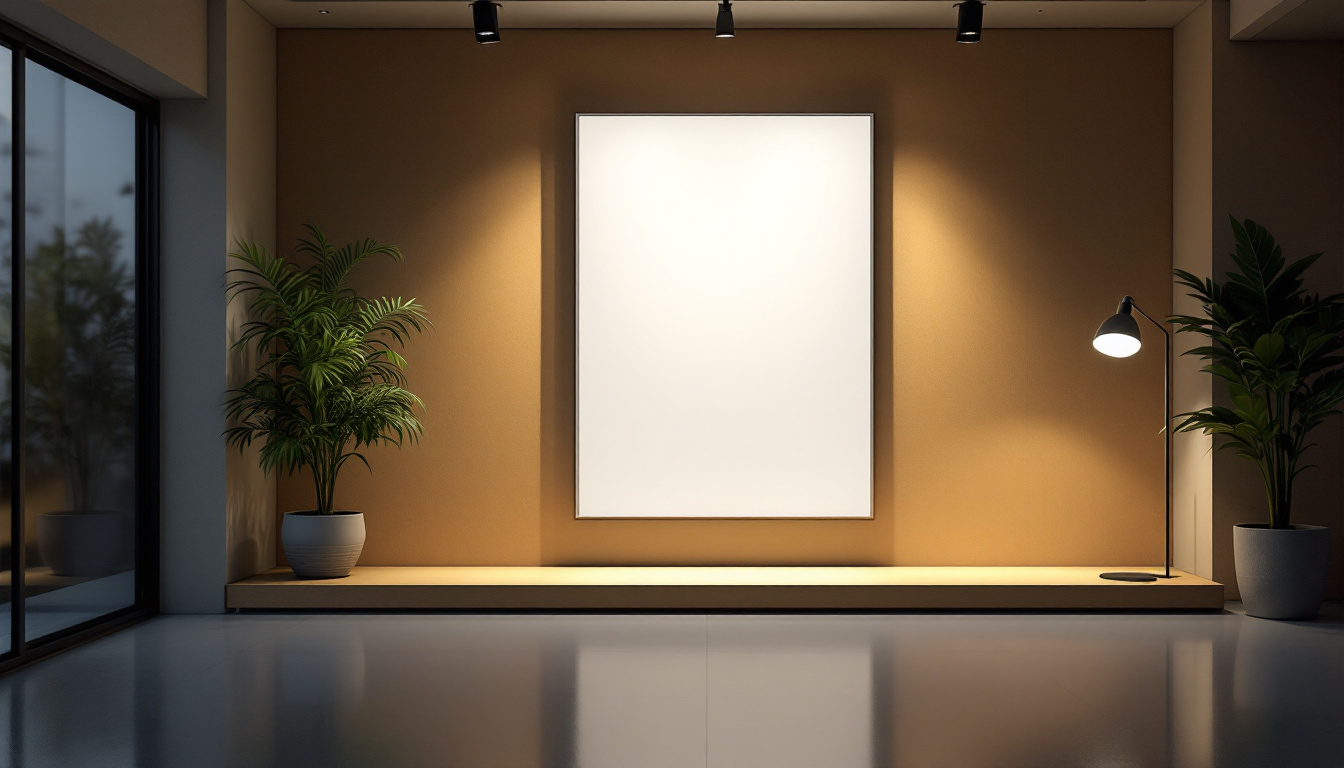

As the demand for energy-efficient and durable lighting solutions continues to grow, LED canopy lights have emerged as a popular choice among contractors. These fixtures are not only versatile but also offer significant advantages in terms of energy savings and longevity. This article provides essential advice for lighting contractors looking to integrate LED canopy lighting into their projects, ensuring both functionality and aesthetic appeal.
LED canopy lights are designed for overhead installation, typically in commercial and industrial settings. They are commonly used in areas such as parking garages, gas stations, and entryways. The primary purpose of these lights is to provide bright, uniform illumination while enhancing safety and visibility.
One of the most compelling reasons to choose LED canopy lights is their energy efficiency. Compared to traditional lighting options, LEDs consume significantly less power while providing the same level of brightness. This translates to lower energy bills for clients and a reduced carbon footprint.
Additionally, LED canopy lights boast a longer lifespan, often lasting up to 50,000 hours or more. This durability minimizes maintenance costs and the frequency of replacements, making them an attractive option for property owners. Their robust construction also means they are less prone to breakage, which is particularly beneficial in high-traffic areas where accidental damage is more likely.
LED canopy lights are highly versatile and can be used in various applications. For instance, they are ideal for illuminating parking lots, where safety is a primary concern. Proper lighting can deter criminal activity and improve visibility for drivers and pedestrians alike. Furthermore, the bright, consistent light provided by these fixtures helps to reduce the risk of accidents, as it allows for clearer sightlines and better identification of potential hazards.
Moreover, these lights are suitable for outdoor commercial spaces such as gas stations and convenience stores, where they enhance the overall customer experience by providing a welcoming environment. Their ability to withstand harsh weather conditions makes them a reliable choice for outdoor installations. In addition to their functional benefits, LED canopy lights can also be aesthetically pleasing, with various designs available that can complement the architecture of the building or space they illuminate. This aspect is particularly important for businesses looking to create a specific ambiance or brand identity, as the right lighting can significantly influence customer perception and engagement.
When selecting LED canopy lights for a project, several factors must be considered to ensure optimal performance and satisfaction. Understanding the specific needs of the installation site is crucial for making informed decisions.
Brightness is measured in lumens, and it is essential to choose a fixture that provides adequate illumination for the intended area. For parking garages, a minimum of 50 lumens per square foot is often recommended, but this can vary based on the specific requirements of the space.
Color temperature also plays a significant role in the effectiveness of LED canopy lights. Measured in Kelvin (K), this determines the warmth or coolness of the light. For outdoor applications, a cooler color temperature (around 4000K to 5000K) is typically preferred, as it mimics daylight and enhances visibility. This is particularly important in environments where safety is a concern, as brighter, cooler lights can help reduce shadows and improve the overall perception of security.
The design of the LED canopy fixture should align with the aesthetic and functional requirements of the project. Options range from sleek, modern designs to more traditional styles. It is essential to consider how the fixture will blend with the overall architecture of the building or space. A well-chosen design not only complements the surroundings but can also enhance the appeal of the area, making it more inviting for visitors and customers alike.
Durability is another critical factor. Look for fixtures that are rated for outdoor use and have a high Ingress Protection (IP) rating, which indicates resistance to dust and moisture. This ensures that the lights will perform well in various weather conditions, reducing the likelihood of premature failure. Additionally, consider the materials used in the fixture’s construction; options like die-cast aluminum or polycarbonate can provide excellent longevity and resistance to impact, making them suitable for high-traffic areas. Investing in quality fixtures can lead to lower maintenance costs and a longer lifespan, ultimately benefiting the project’s budget and sustainability goals.
Proper installation is vital to the performance and longevity of LED canopy lights. Lighting contractors must adhere to best practices to ensure that fixtures are installed correctly and safely.
Before installation, it is essential to assess the electrical requirements of the LED canopy lights. Ensure that the existing electrical infrastructure can support the new fixtures. This may involve upgrading wiring or circuit breakers to accommodate the power needs of the LEDs.
Additionally, consider the use of motion sensors or dimmers to enhance energy efficiency further. These features can help reduce energy consumption by adjusting the light output based on occupancy or time of day.
The mounting height and positioning of LED canopy lights significantly impact their effectiveness. Generally, fixtures should be mounted at a height that provides optimal coverage without creating dark spots. For parking garages, this often means installing lights between 8 to 12 feet above the ground.
Proper positioning also involves angling the fixtures to minimize glare and ensure even illumination across the area. Conducting a lighting layout analysis can help determine the best placement for each fixture, ensuring that all areas are adequately lit.
While LED canopy lights are known for their longevity, regular maintenance is still necessary to ensure optimal performance. Lighting contractors should educate clients on the importance of routine inspections and upkeep.
Encourage clients to conduct routine inspections of their LED canopy lights. This includes checking for any signs of damage, such as cracked lenses or loose wiring. Regular cleaning of the fixtures can also enhance their performance by removing dirt and debris that may obstruct light output.
Additionally, monitoring the performance of the lights can help identify potential issues before they become significant problems. If a light begins to flicker or dim, it may indicate a need for replacement or repair.
In the event of a malfunction, lighting contractors should be prepared to troubleshoot common issues with LED canopy lights. One frequent problem is flickering, which can be caused by loose connections or incompatible dimmers. Tightening connections or replacing the dimmer with a compatible model can often resolve this issue.
Another common issue is a complete failure of the fixture. This may be due to a blown driver or LED chip. In such cases, it is crucial to assess the warranty and replacement options available to the client.
Lighting contractors must ensure that all LED canopy installations comply with local codes and safety standards. Familiarity with these regulations is essential for avoiding potential legal issues and ensuring the safety of the installation.
Local building codes often dictate specific requirements for outdoor lighting, including brightness levels, fixture types, and energy efficiency standards. Contractors should familiarize themselves with these codes before beginning an installation to ensure compliance.
Additionally, understanding zoning laws and restrictions can help avoid potential complications during the installation process. This knowledge can also assist in obtaining necessary permits and approvals.
Safety is paramount in any lighting installation. Contractors should follow best practices for electrical safety, including turning off power during installation and using appropriate personal protective equipment (PPE). Furthermore, ensuring that all fixtures are securely mounted and that wiring is properly insulated can prevent accidents and hazards.
Educating clients about safety features, such as emergency lighting options and backup power sources, can also enhance the overall safety of the installation.
The landscape of LED canopy lighting is continually evolving, with new technologies and trends emerging regularly. Staying informed about these developments can provide contractors with a competitive edge in the market.
One of the most significant trends in lighting is the integration of smart technologies. Smart LED canopy lights can be controlled remotely, allowing for adjustments in brightness and color temperature based on real-time conditions. This capability enhances energy efficiency and provides greater control over the lighting environment.
Additionally, smart lighting systems can be integrated with building management systems, enabling automated scheduling and monitoring. This level of control can lead to significant energy savings and improved operational efficiency.
As energy efficiency standards become more stringent, contractors must stay updated on the latest regulations and technologies. This may involve researching new LED technologies that offer improved efficiency or exploring alternative energy sources such as solar-powered canopy lights.
Embracing these advancements not only benefits clients but also positions contractors as leaders in sustainable lighting solutions.
LED canopy lights present a wealth of opportunities for lighting contractors looking to enhance their offerings. By understanding the benefits, applications, and installation considerations associated with these fixtures, contractors can provide clients with effective and energy-efficient lighting solutions.
Staying informed about industry trends, compliance regulations, and maintenance practices will further ensure success in this competitive market. With the right knowledge and expertise, lighting contractors can confidently navigate the world of LED canopy lighting, delivering exceptional results that meet the needs of their clients.
Ready to take your lighting projects to the next level? LumenWholesale is here to support your journey with our premium selection of LED canopy lights. As a lighting contractor, you understand the importance of quality and cost-effectiveness. That’s why we offer spec-grade lighting products at unbeatable wholesale prices, ensuring you don’t have to compromise on performance or your budget. With free shipping on bulk orders, you can equip your projects with the best lighting solutions without worrying about hidden fees. Elevate your installations with the durability, energy efficiency, and aesthetic appeal of our LED canopy lights. Wholesale Lighting at the Best Value is just a click away. Partner with LumenWholesale and experience the difference today!

Discover the pros and cons of undercounter lighting for kitchens compared to alternative solutions.

Explore how innovative light panels are revolutionizing energy efficiency in modern architecture.

Discover how vintage industrial pendant lamps can transform your space with their unique charm and efficient lighting solutions.

Discover how artists’ lighting techniques can revolutionize your lighting projects by enhancing efficiency and creativity.
Get notified when NEW deals are released.
Optimize your budget with wholesale discounts.
Only top-quality, specification-grade lighting products.
No additional costs at checkout - what you see is what you pay.
We understand the unique needs of contractors.